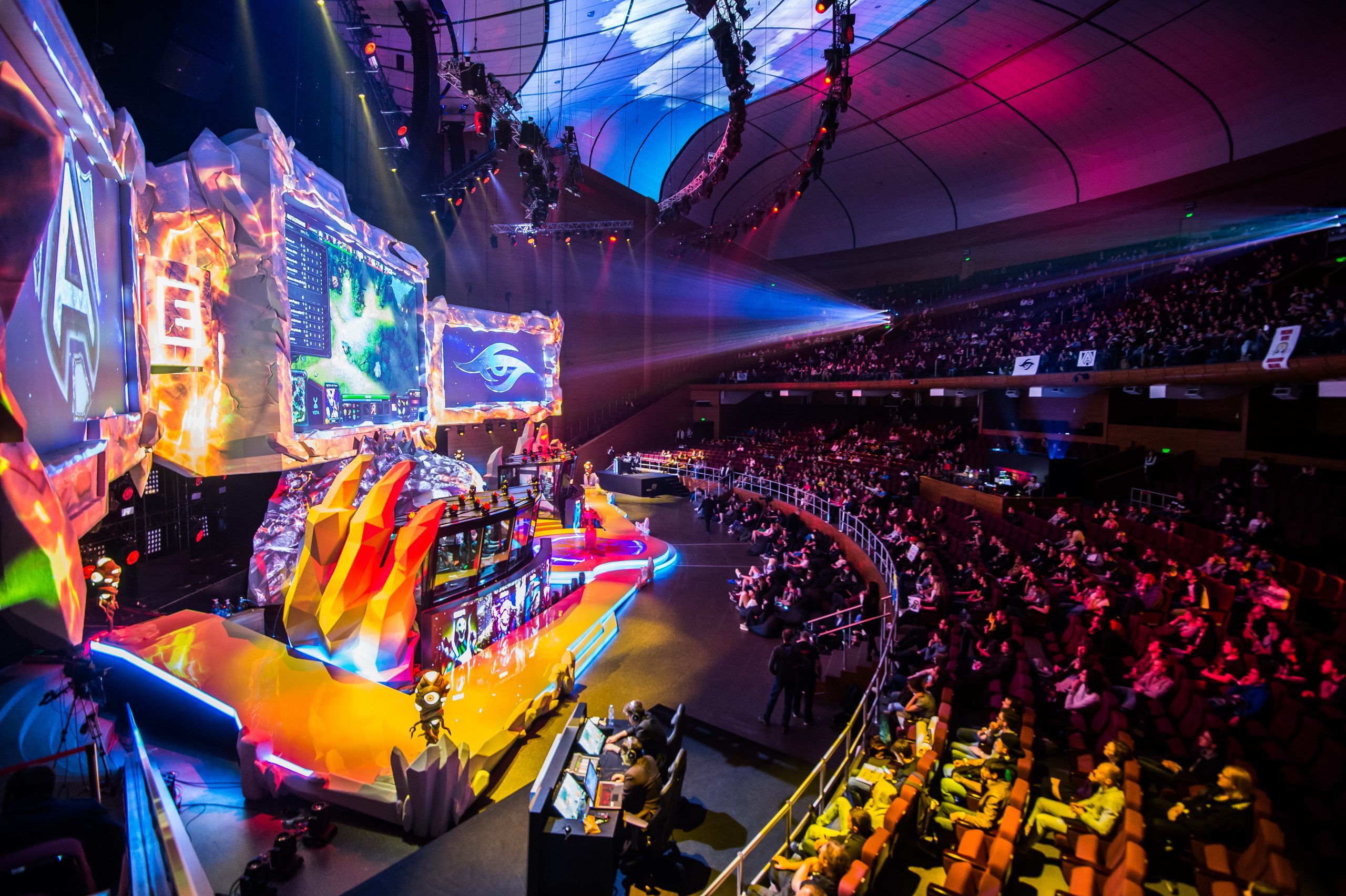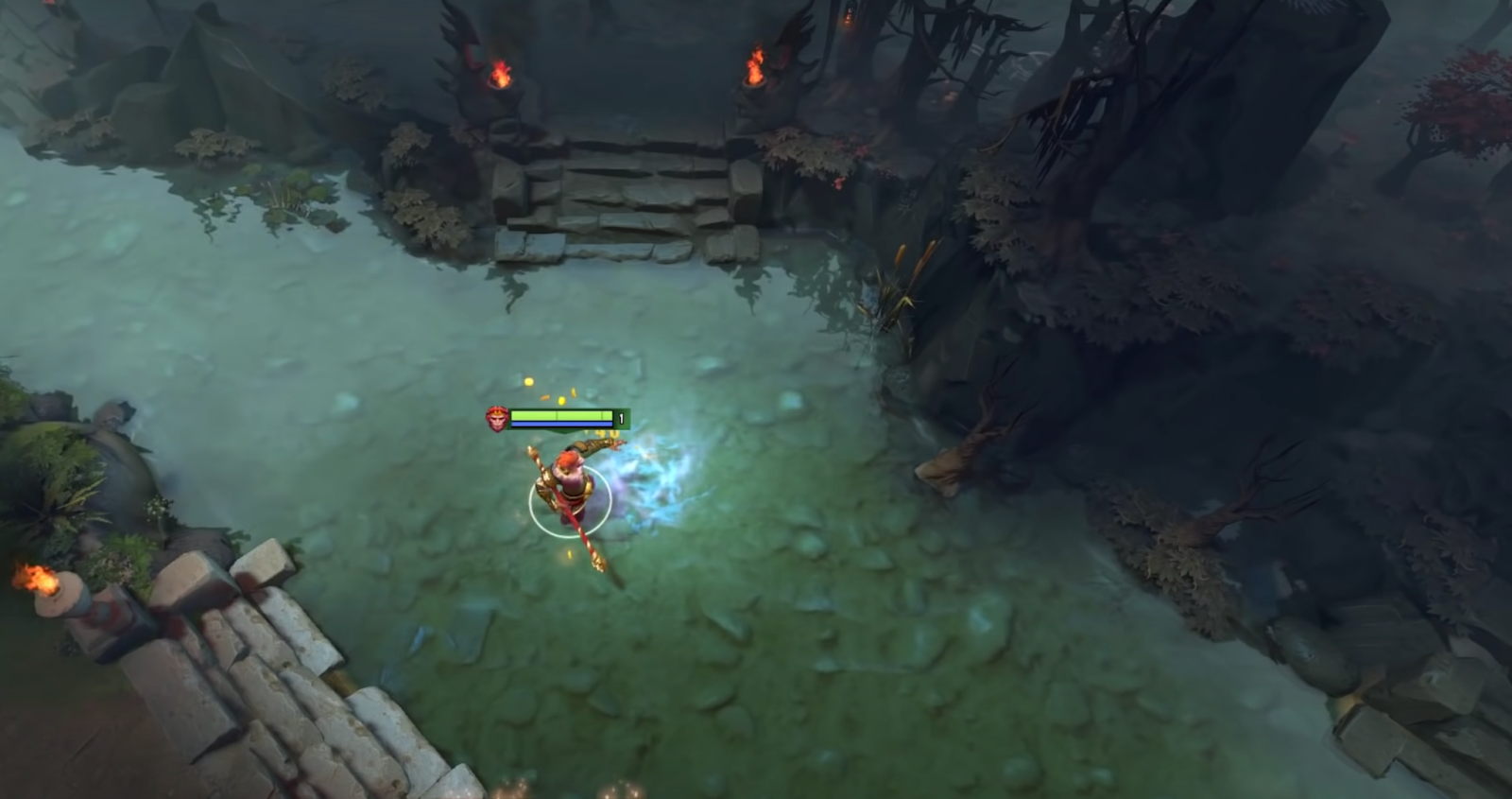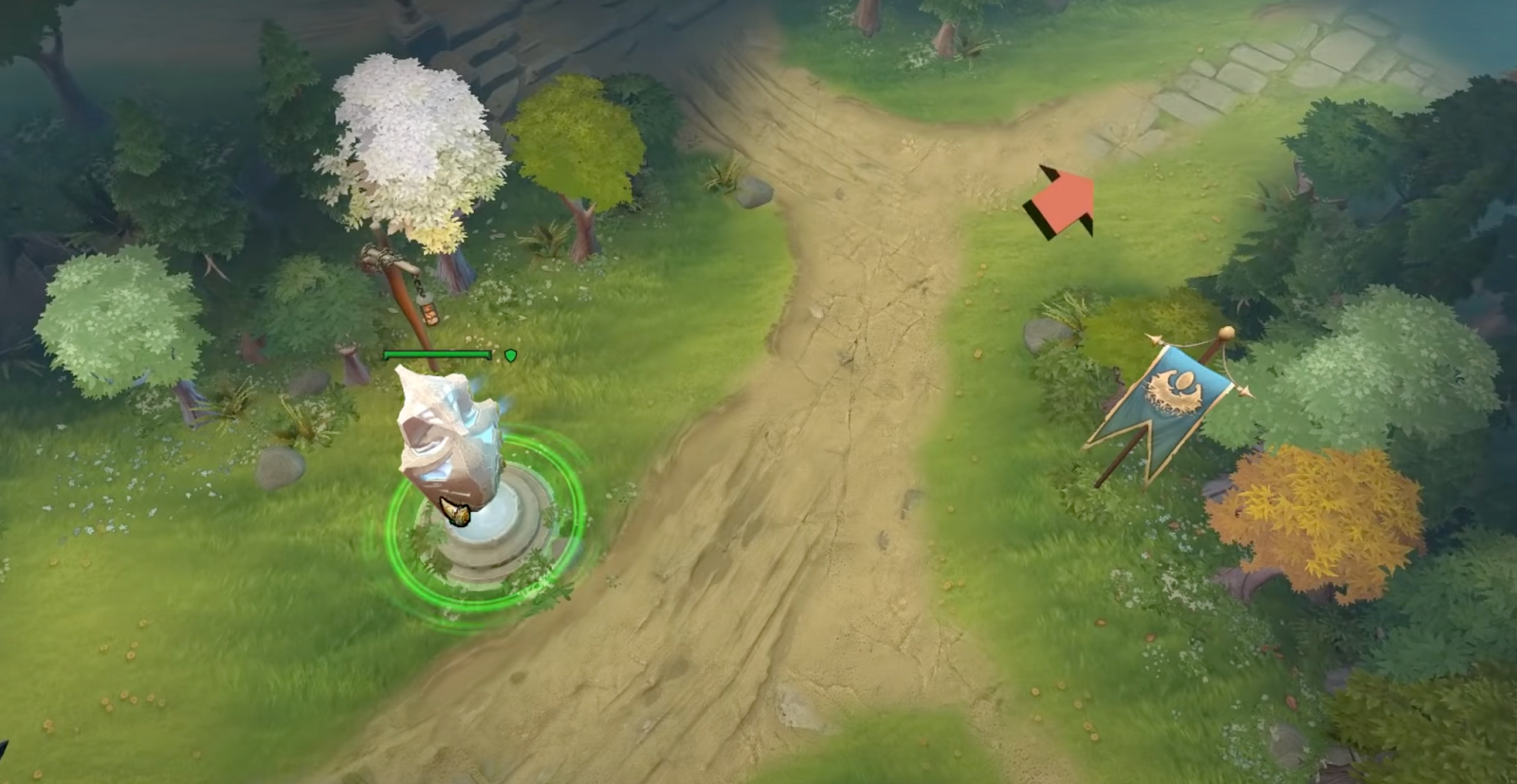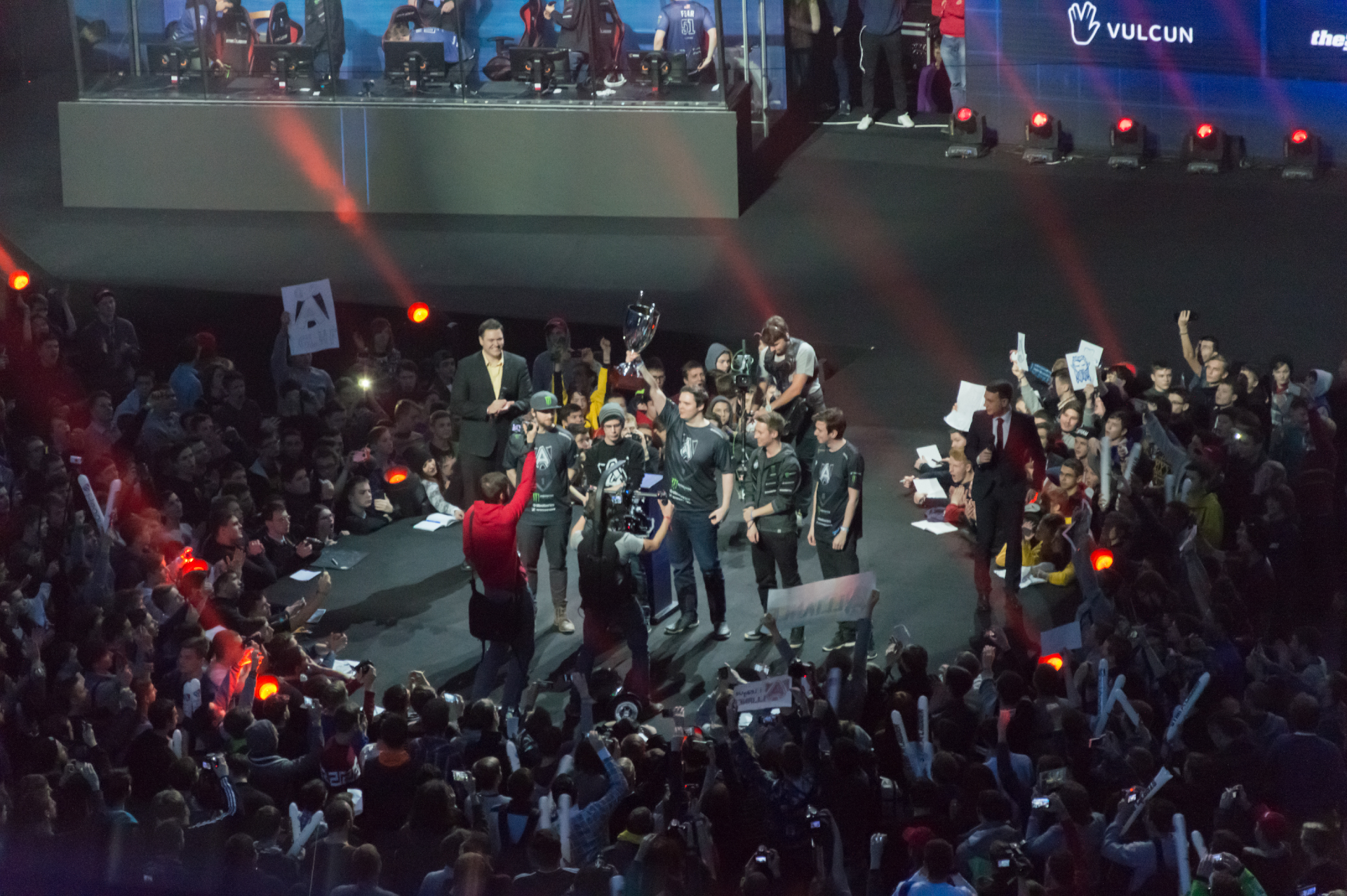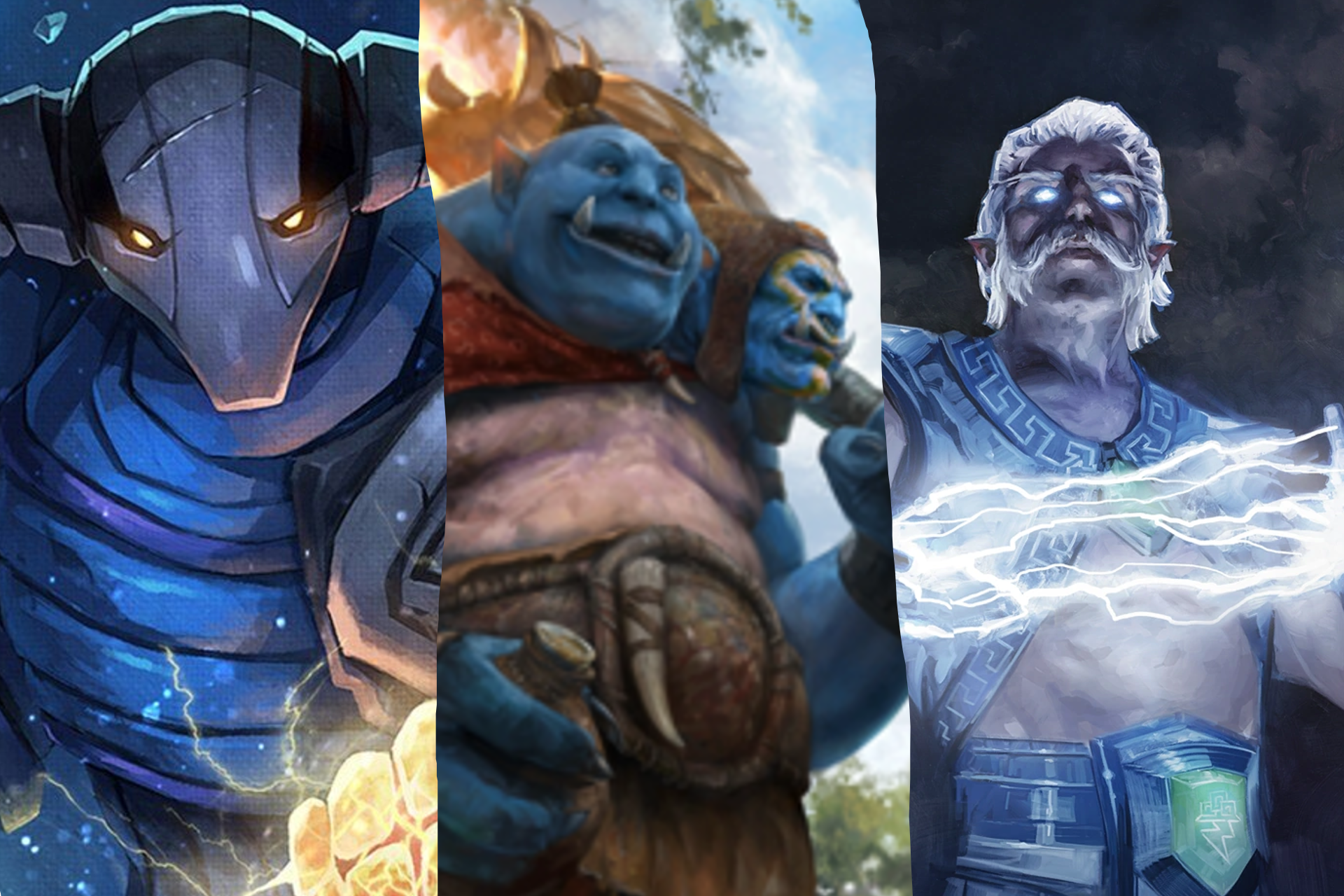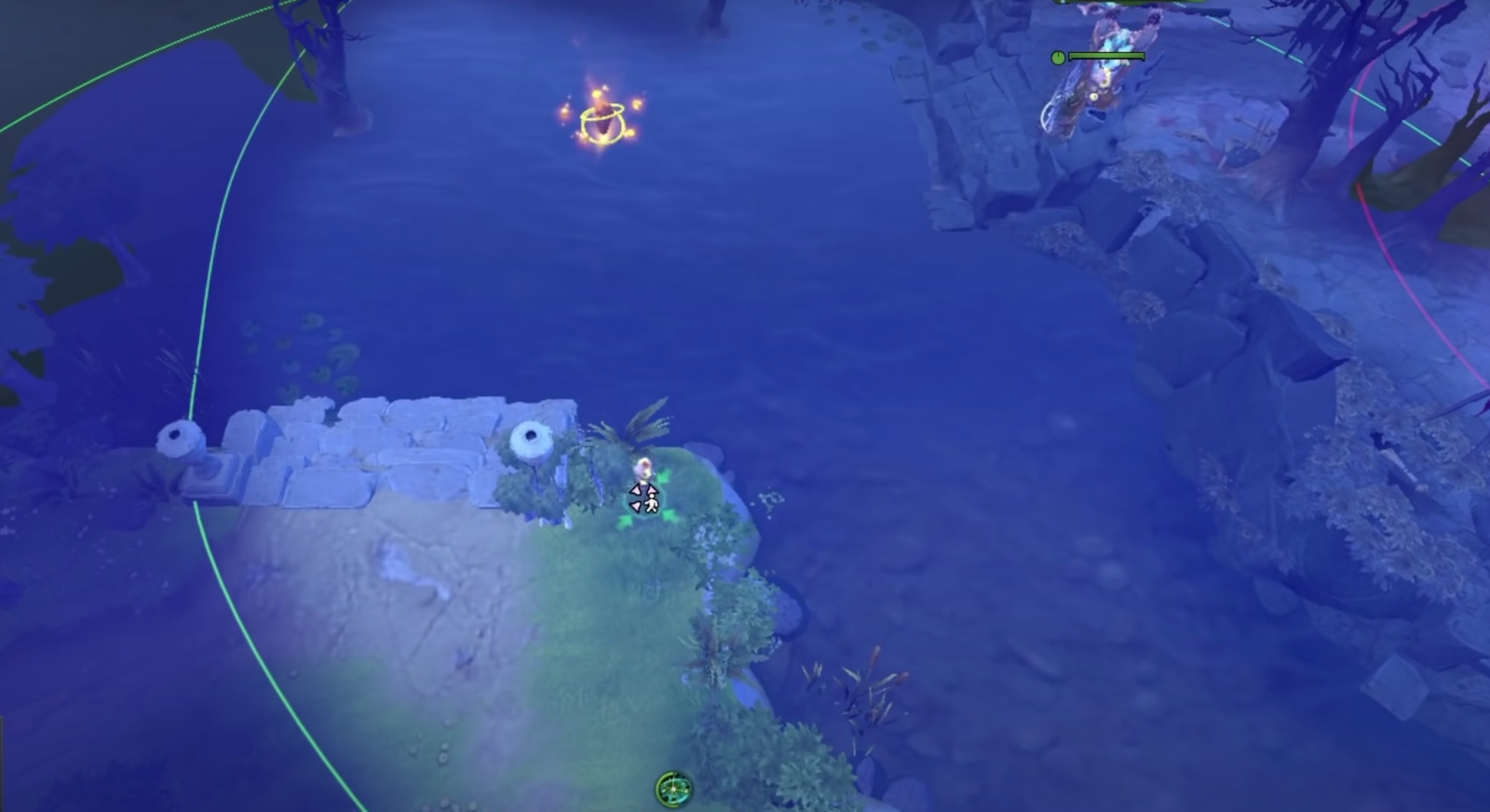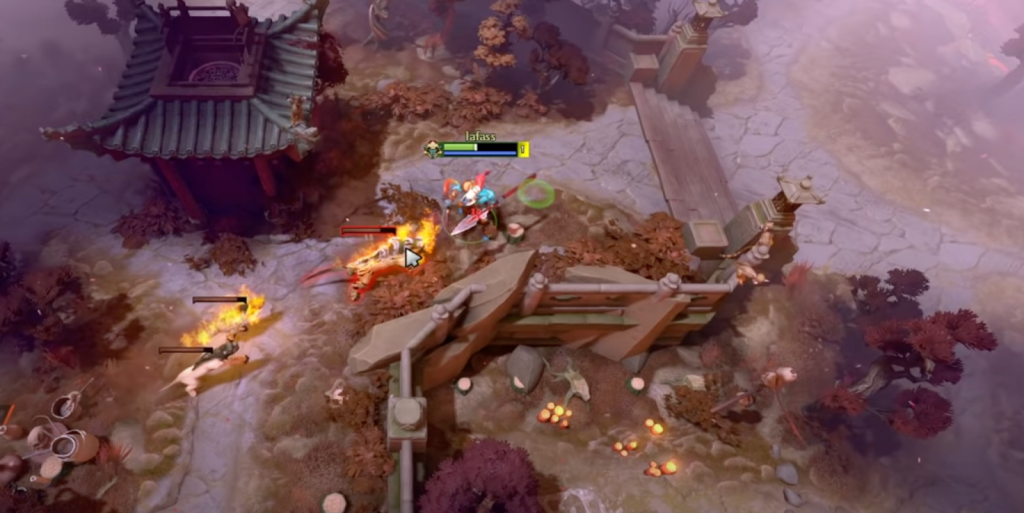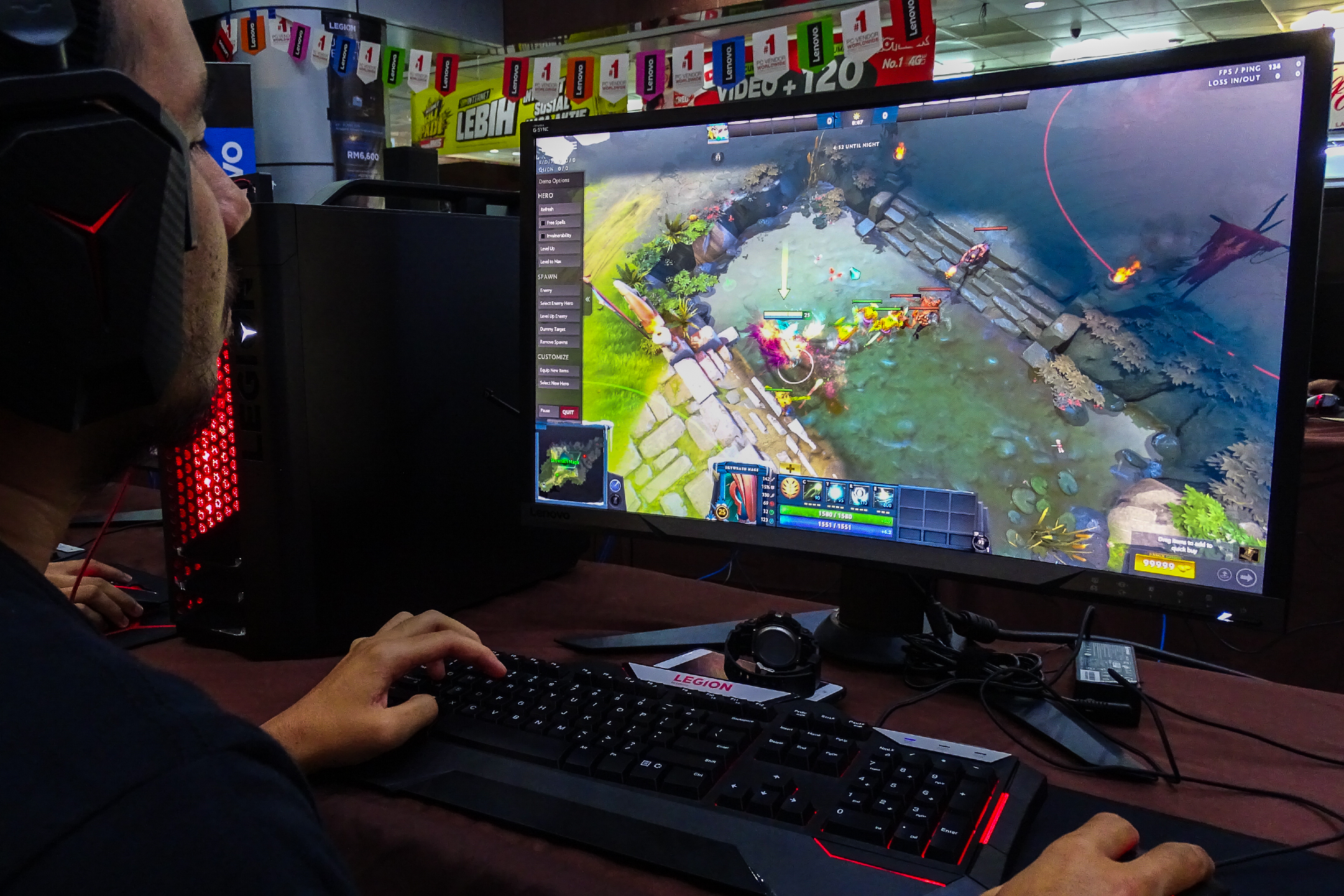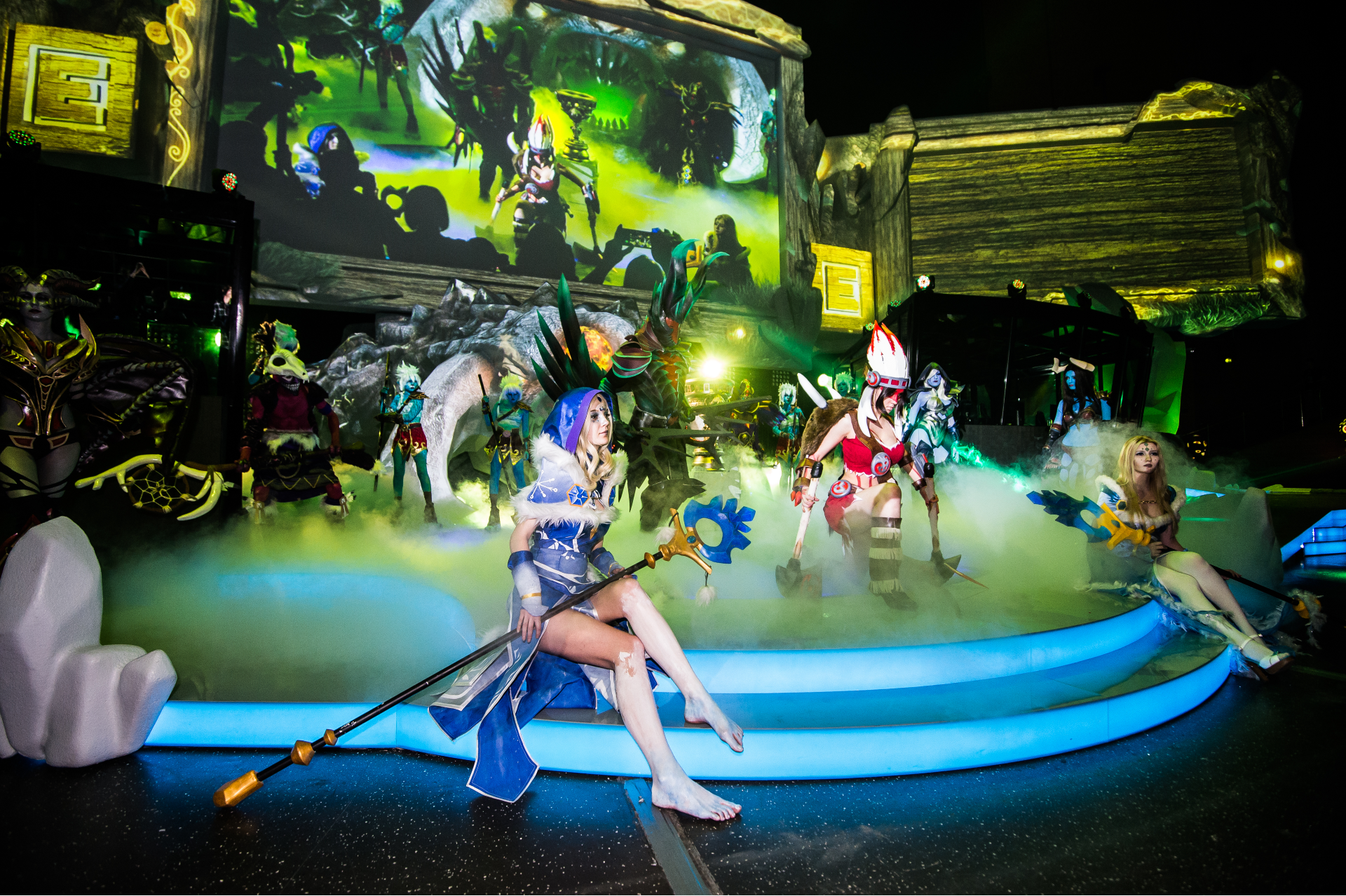Upcoming Dota 2 events and tournaments in 2022
Dota 2 fans continue to rally behind in support of their favorite game as it endures the impact of the global health crisis. Valve responds to the fans by organizing tournaments that give pro players all around the world a chance to prove themselves worthy of being called the best.
The tournaments facilitated by Valve are spread in different regions and are held in the grandest stage of Dota 2 esports, The International (TI). Each region has already started their respective tournaments before 2021 ended, but here are the remaining events to look forward to in 2022:
DPC SEA Tours 2 and 3
The Dota Pro Circuit is the first stage for teams who want a shot at being in The International. Winners of this tournament gain points that will help them get closer to their goal. The first entry on this list focuses on Southeast Asia where most of the players are from Thailand, Philippines, Indonesia, and Malaysia.
Tour 1 ended on January 20, 2022 with division winners BOOM Esports and Polaris Esports. Tour 2 will take place on March 14 with 8 out of 12 teams already revealed. Meanwhile, Tour 3 will be on June 6. The prize pool for each tour is $280,000.
DPC SA Tours 2 and 3
DPC SA is the South American leg of the tournament with most of its players coming from Brazil and Peru. Tour 1 ended on January 21, 2022 but with second division winners Thunder Predator, Infinity, and Balrogs.
Tour 2 will begin on March 14 with eight out of 16 teams already revealed. Meanwhile, Tour 3 will begin on June 6. The prize pool for each tour is $280,000.
DPC CN Tours 1, 2, and 3
China has its own regional tournament but some of its teams have imported players from Malaysia. Tour 1 already took place on January 23 and already had second division winners: Xtreme Gaming and Team MagMa.
Meanwhile, Tour 2 will begin on March 14 with 15 teams already revealed. Tour 3 will begin on June 6. The prize pool for each tour is $280,000.
DPC EU Tours 2 and 3
The European leg of the Dota Pro Circuit is divided into the West and East Europe tournaments. Most of the players in this tournament are from the northern parts of the continent. Tour 1 of the WEU ended on January 21 with first division winners Team Liquid and Team Tickles.
On the other hand, the DPC EU Tour 2 will begin on March 14 with 15 teams already revealed. Tour 3 will begin on June 6. The prize pool for each tour is $280,000.
Note: Only the WEU teams will participate in the DPC EU Tours since the EEU teams will compete in the CIS Tours instead.
DPC CIS Tours 2 and 3
As previously mentioned, there is no Tour 1 named after the Commonwealth of Independent States region as it is labelled as the Eastern Europe leg of the DPC. Most of the players from this tournament are from Russia, Ukraine, Kazakhstan, and Belarus. Tour 1 of the EEU ended on January 21 with first division winners Team Spirit and PuckChamp.
Tour 2 will begin on March 14 with eight out of 16 teams already revealed. Meanwhile, Tour 3 will begin on June 6. The prize pool for each tour is $280,000.
DPC NA Tours 2 and 3
The North American leg of the DPC has players coming mostly from the US and Canada. Its Tour 1 ended on January 20 with division winners Quincy Crew, Team Undying, Evil Geniuses, 4 Zoomers, and The Cut.
Tour 2 will begin on March 14 with 11 out of 16 teams already revealed. Meanwhile, Tour 3 will begin on June 6. The prize pool for each tour is $280,000.
DPC 2022 Majors 2 and 3
The Majors are the penultimate stage to becoming the best Dota 2 team in the world. Qualifying teams from all DPC tournaments will duke it out in this event. DPC points will still be awarded in these tournaments with the teams having the highest number of points qualifying for The International.
Tour 1 of the DPC Majors has been cancelled due to the emergence of a new COVID-19 variant. The points to be won from the cancelled event will be redistributed to the winners of the next two majors.
DPC Major 2 will start on May 11 while Major 3 will begin on August 4. Each Major will have a prize pool of $500,000.
The 2022 Asian Games
The 2022 Asian Games will be held in Hangzhou, China on September 10. Dota 2 is one of the games included in its esports category. However, it is still not known which or how many teams will participate in the event.
The International XI
This is the biggest stage of Dota 2 esports. In fact, this year marks the eleventh edition of The International where 18 of the best teams in the world battle it out for global supremacy.
The 18 teams participating in The International (TI) are determined by the 12 teams with the highest number of DPC points plus one team from each of the six DPC regions: North America, South America, Europe, CIS, China, and Southeast Asia.
The International XI will begin on October 7 and has a prize pool of $1.6 million.
Dota 2 fans are jam-packed every year with upcoming events. With this, pro players are on the run to shake up their respective regional tournaments by introducing new meta-defining plays and presenting a real challenge for veterans who are also looking to further their legacy in the Dota 2 scene.

